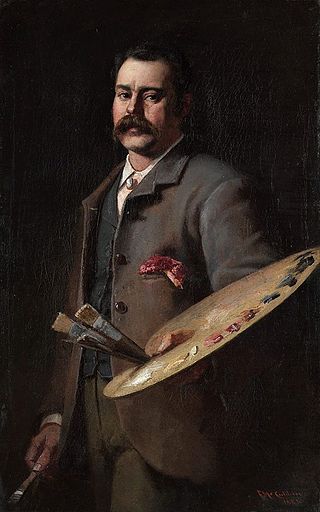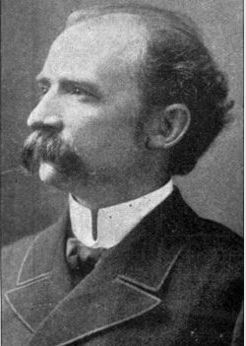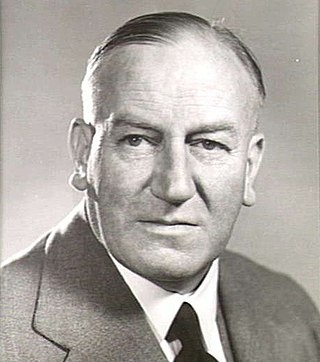
The Victorian Artists Society, which can trace its establishment to 1856 in Melbourne, promotes artistic education, art classes and gallery hire exhibition in Australia. It was formed in March 1888 when the Victorian Academy of Arts and the Australian Artists' Association amalgamated.

Trinity College is the oldest residential college of the University of Melbourne, the first university in the colony of Victoria, Australia. The college was opened in 1872 on a site granted to the Church of England by the government of Victoria. In addition to its resident community of 380 students, mostly attending the University of Melbourne, Trinity's programs includes the Trinity College Theological School, an Anglican training college which is a constituent college of the University of Divinity; and the Pathways School which runs Trinity College Foundation Studies and prepares international students for admission to the University of Melbourne and other Australian tertiary institutions, as well as summer and winter schools for young leaders and other short courses.

Frederick McCubbin was an Australian artist, art teacher and prominent member of the Heidelberg School art movement, also known as Australian impressionism.

Sir John Campbell Longstaff was an Australian painter, war artist and a five-time winner of the Archibald Prize for portraiture. His cousin Will Longstaff was also a painter and war artist.

Clara Southern was an Australian artist associated with the Heidelberg School, also known as Australian Impressionism. She was active between the years 1883 and her death in 1940. Physically, Southern was tall with reddish fair hair, and was nicknamed 'Panther' because of her lithe beauty.
The following lists events that happened during 1839 in Australia.

Leslie Andrew Alexander Wilkie was an Australian artist and the president of the South Australian Society of Arts from 1932 to 1934.
The National Gallery of Victoria Art School, associated with the National Gallery of Victoria, was a private fine arts college founded in 1867 and was Australia's leading art school of 50 years.

John Mather was a Scottish-Australian plein-air painter and etcher.

Melbourne Savage Club is a private Australian gentlemen's club founded in 1894 and named after the poet, Richard Savage. Bohemian in spirit, the club was to bring together literary men, and those immediately connected or sympathising with literature, the arts, sport or science. Its membership is particularly secretive with a strong code of silence; members are traditionally the elite or 'savages' in the arts, business and politics. Travelling savages enjoy good fellowship through reciprocal arrangements with other private clubs throughout the world.

John Ford Paterson, often referred to as Ford or J. Ford Paterson, was a Scottish-born Australian artist. He specialised in landscapes.
Robert Forsyth Macgeorge was an early settler of South Australia who is remembered for founding the property which is now the Adelaide suburb of Urrbrae. A number of his children were prominent in the early history of South Australia and other Australian colonies.
Norman Macgeorge was an artist and art critic in the colony and State of Victoria.
Sedon Galleries was a commercial art gallery in Melbourne, Australia, representing Australian traditional, impressionist and post-impressionist painting and prints. It operated from 1925 to 1959.

Arnold Joseph Victor Shore was an Australian painter, teacher and critic.

Harold Brocklebank Herbert (1891–1945) was an early 20th century Australian painter and printmaker, an illustrator and cartoonist. A traditionalist, as an art teacher he promoted representational painting, and as a critic was an influential detractor of modernism. He was the first war artist to be appointed for Australia in the Second World War, serving for 6 months with the Australian Infantry Forces in Egypt in 1941 and in the Middle East in 1942.
Alexander Colquhoun was a Scottish-born Federation era Victorian painter, illustrator and critic.
The Australian Academy of Art was a conservative Australian government-authorised art organisation which operated for ten years between 1937 and 1946 and staged annual exhibitions. Its demise resulted from opposition by Modernist artists, especially those associated with the Contemporary Art Society, though the influence of the Academy continued into the 1960s.
Louis Frederick McCubbin, only ever known as "Louis McCubbin", was an Australian war artist, landscape painter and art gallery director.











